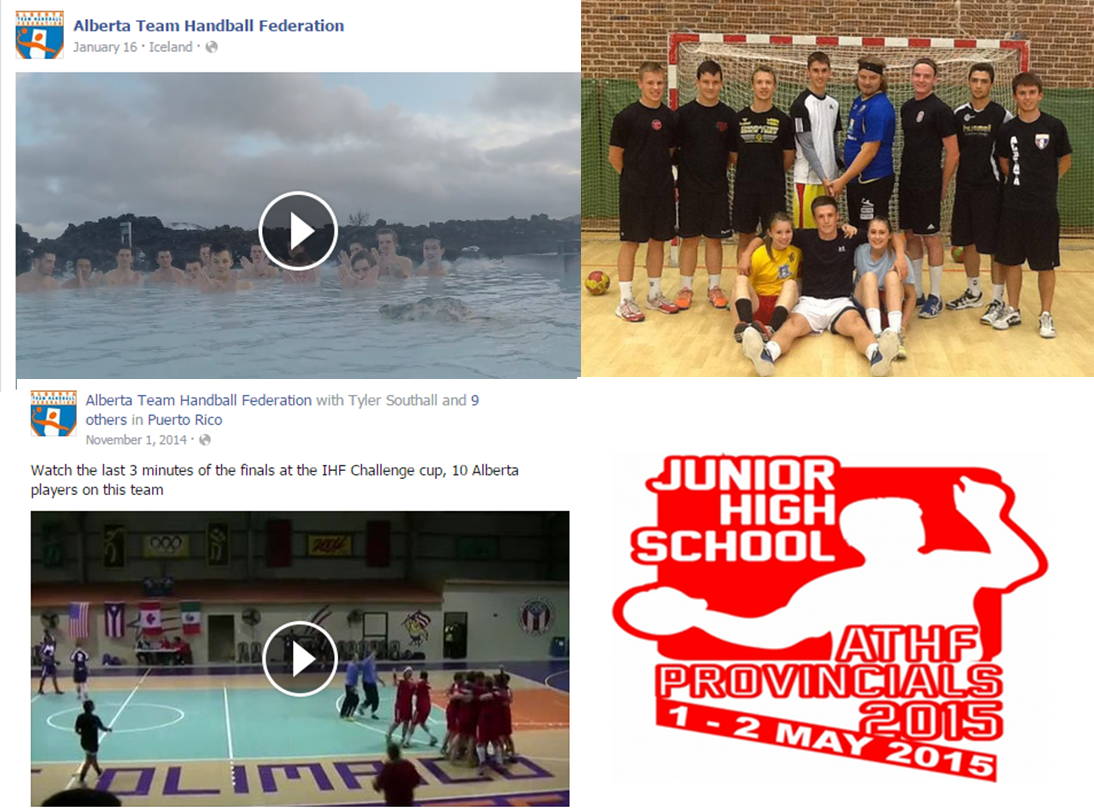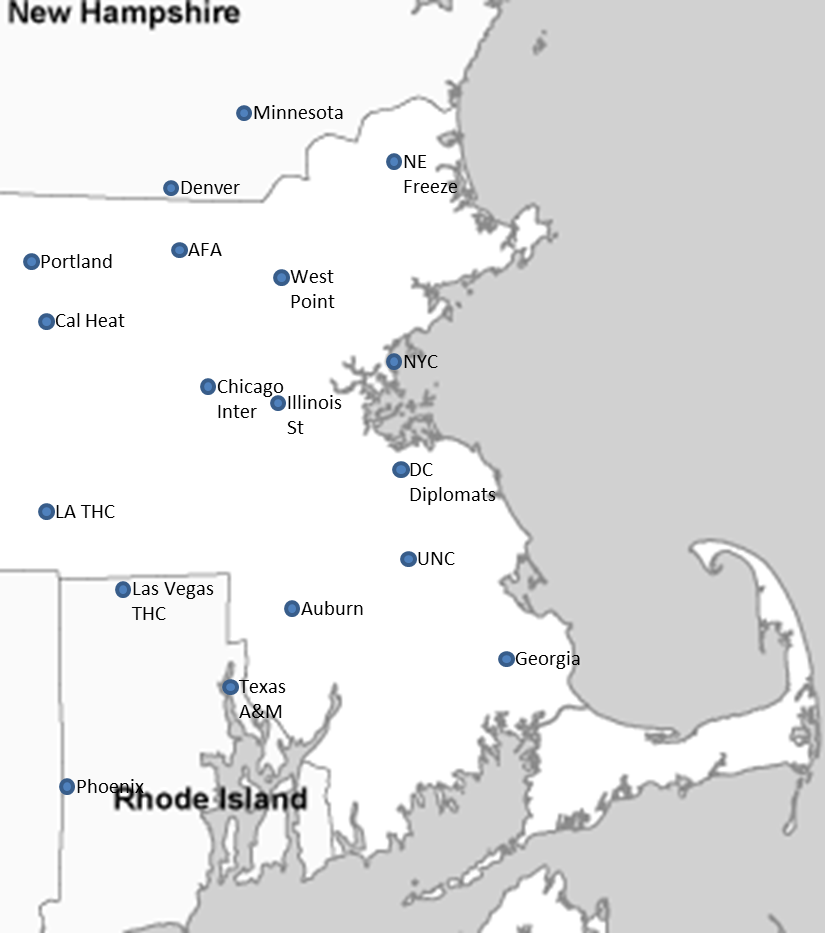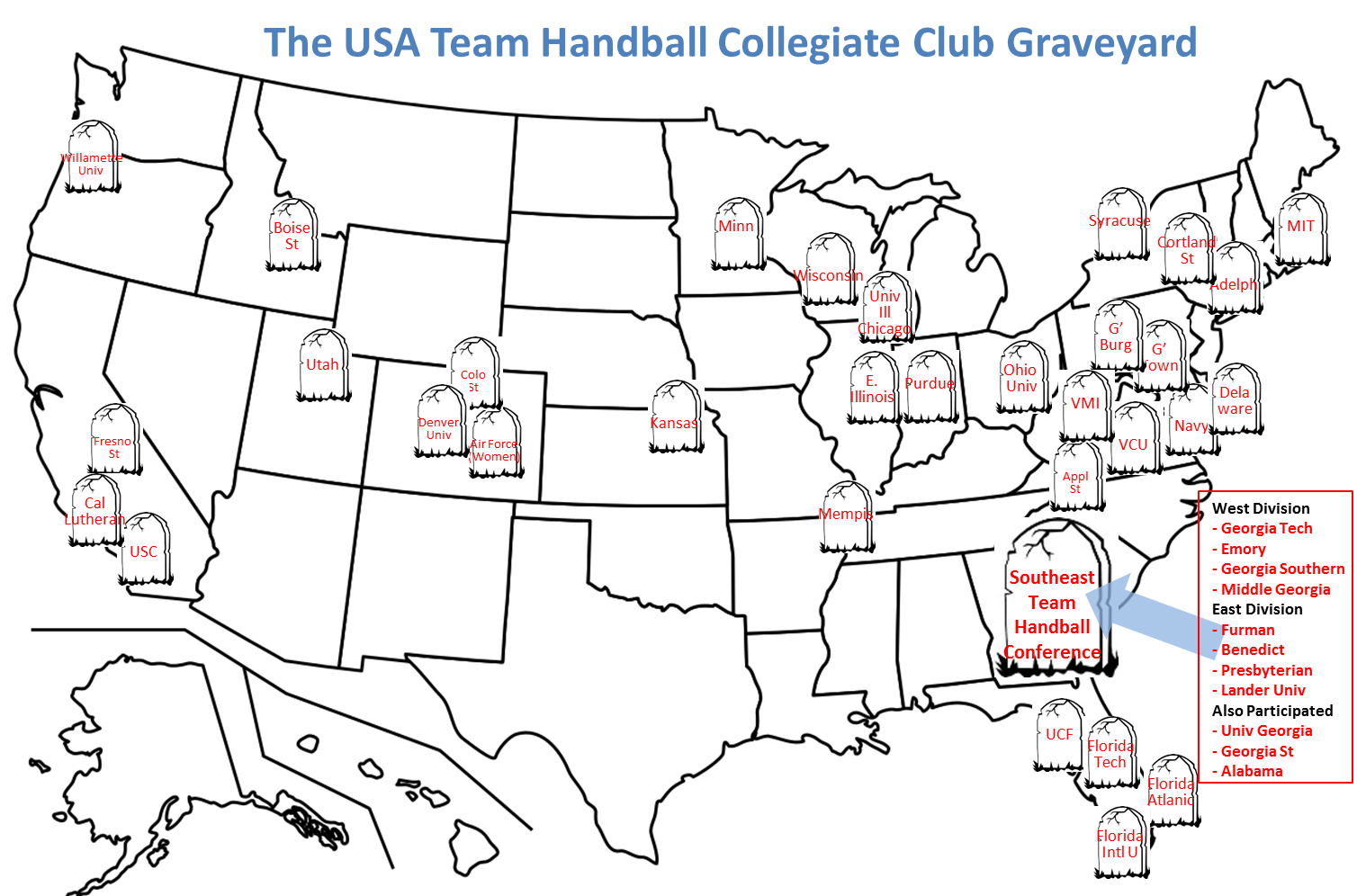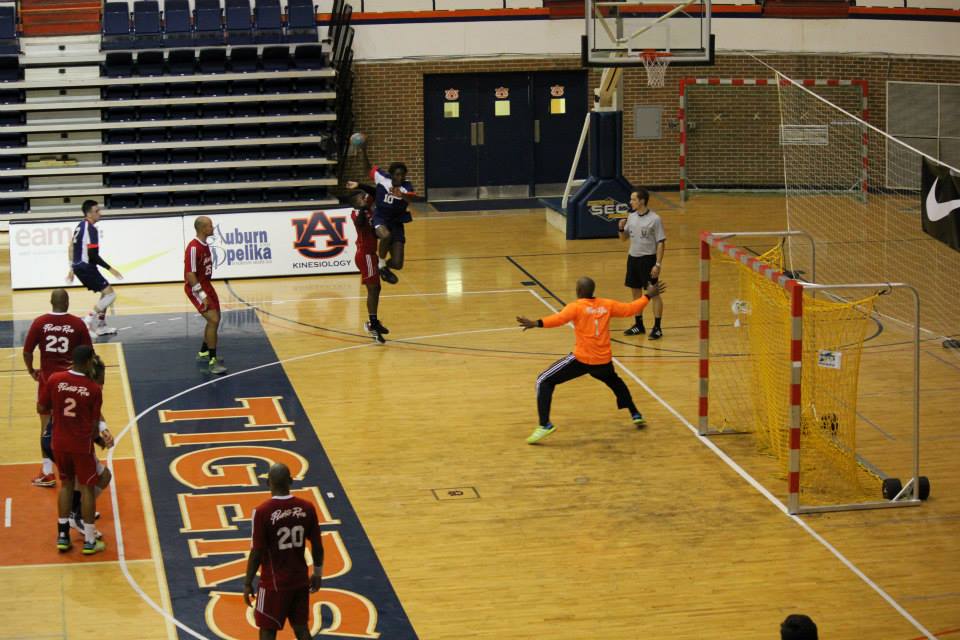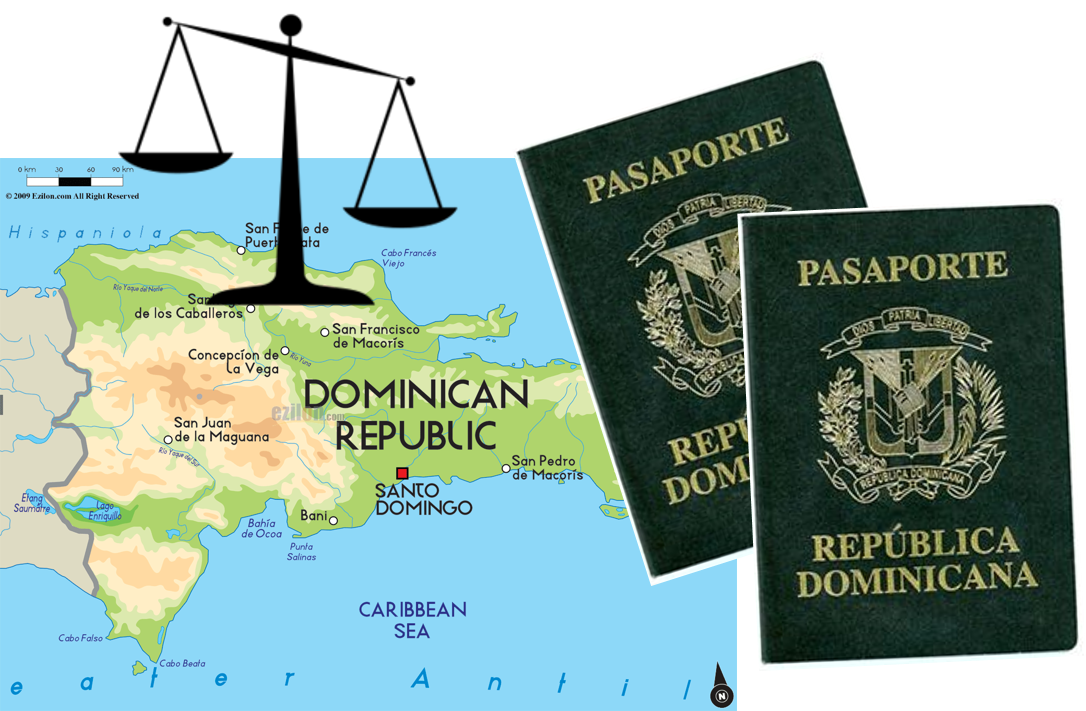
The USA Women are hard working, motivated and fired up, but results on the scoreboard are still lacking.
Previously, I reviewed the Men’s program and their 3 game series against Puerto Rico in October. This time around I take look at the Women’s team and the state of the Residency Program on its one year anniversary. (Additional note: The video for these matches is no longer available at the USA Team Handball Youtube channel)
Results of USA – Puerto Rico Series
Friday, 17 October
Final Score: PUR – USA 25-24 (12-11)
Goals – USA: Van Ryn (6), Levinkind & Gascon (5), Graham (3), Hardison & Taylor (2), Lewis (1)
Saves – USA: Self (11), Scherer (4)
Saturday, 18 October
Final Score: PUR – USA 26-21 (13-10)
Goals – USA: Rhoads (5), Abou-Zeida (4), Pierce (3), Hardison (2), Lewis (2), Farrar (2), Nguyen (1), Elder (1), Morrison (1)
Sunday, 19 October
Final Score: PUR – USA 22-22 (14-12)
Goals – USA: Graham (4), Dunn (4), Van Ryn (4), Gascon (3), Taylor (3), Hardison (1), Pierce (1)
Extrapolating Team Progress
To provide some context to those results, here’s how Puerto Rico, the U.S. and Uruguay have performed in recent competitions. (Uruguay is included since that’s whom the U.S. Women must beat next March just to qualify for the PANAM Games.) And, it’s also important to note that prior performance is no guarantee of future performance. Teams can improve or decline substantially in the course of a year or two
2011 Pan American Championships
Puerto Rico: Did not participate in qualification
USA: Did not qualify (Lost to Venezuela and Cuba in North American and Caribbean tournament)
Uruguay: Finished 4th
2011 PANAM Games
Puerto Rico: Finished 6th out of 8 teams; Head to Head result: Beat USA 29-27 in consolation semifinal
USA: Finished 8th out of 8 teams
Uruguay: Finished 7th out of 8 teams; Head to Head results: Beat USA 36-24 in group play; Beat USA 30-23 in 7th place match
2013 Pan American Championships
Puerto Rico: Did not participate in qualification
Uruguay: Finished 5th out of 8 teams; Head to Head result: Beat USA 30-17 in consolation semifinal
USA: 8th out of 8 teams
2014 South American Championships
Uruguay: Finished 4th out of 5 teams and was assigned to the 2nd Chance Tourney.
2014 Guadaloupe Tourney
Puerto Rico: Head to Head competition: Beat USA 24-21
USA: 23-13 win against Puerto Rican juniors
An assessment of these results from the past 4 years yields the same old story. Scoreboard wise there’s nothing to report in terms of progress. The USA women played Puerto Rico this past March on a neutral court in Guadaloupe and lost 24-21. At home last month in Auburn they lost twice, 25-24; 26-21 and drew once, 22-22. Going back further in time my records have the U.S. losing to Puerto Rico, 29-27 at the PANAM Games in 2011. Teams change, rosters change, but with several months of practice at Auburn progress could only have been claimed with solid victories at home against a lower tier PATHF nation. That didn’t happen- plain and simple.
The Visual Assessment
But, while the scoreboard is important it doesn’t always tell the full story. This can be particularly true when you are talking about friendly matches where coaches often experiment with rosters to test different player combinations and to provide playing time and experience to newer players.
So, before I start my critique I would first like to point out that I think the athletes training at Auburn are a hard working group who’ve undoubtedly made some very significant personal, professional and financial sacrifices to better themselves as players. “You know what? How about I write that again with a little more emphasis. I say again”:
“I think the athletes training at Auburn are a hard working group who’ve undoubtedly made some very significant personal, professional and financial sacrifices to better themselves as players.”
Seriously, as a former national team player with modest skills who made quite a few sacrifices few people can say that bold faced statement with the credibility that I can. So, if you happen to be an athlete at Auburn please don’t take this critique as a personal indictment on your efforts.
The offense is inept. The U.S. currently has no backcourt player on its Auburn roster that can individually create scoring opportunities in a “1 vs. 1” matchup against an average defensive player. And, only one backcourt player (Ashley Van Ryn) can score reliably when the opposing defense breaks down. If you watch the video of the U.S. set offense here’s what you’ll see over and over: The backcourts will play catch amongst themselves a few times at 12-14 meters, occasionally throwing to their wings. At no time during this “playing catch” is there even a hint of a threat to attack. Then, if the ball hasn’t been turned over yet, one of the backs will head towards 10-11 meters where they might get a bad shot off. It’s downright painful to watch. For the uninitiated, this is what happens if a team doesn’t have a credible backcourt scoring threat.
In terms of wings, Julia Taylor is becoming technically sound, but I’m not so sure she has the quickness needed to play at a higher level. Lisa Dunn is also doing her best, but really a lefty is what’s needed at right wing. At circle runner inexperience also seems to be at play, and this surely exacerbates the backcourt’s ineffectiveness.
An adequate defense. The defense is adequate when it’s allowed enough time to get set up. The players appear to communicate well and in a 6-0 set they can be tough to shoot over, particularly, for an undersized team like Puerto Rico. The team, however, lacks quickness and is very vulnerable to 1 on 1 offensive moves from quicker players. These “quickness” mismatches led to several breakthroughs or passes to open players for easy shots. Against a team with more experienced and even quicker players the U.S. defense would be severely tested. In terms of goalie play I didn’t get a full read from the video to make much of an assessment one way or the other.
The team is way too old to be considered a “developmental team”. A team, mostly composed of inexperienced players is bound to have technical shortcomings. With good coaching, frequent competition and hard work, however, technical skills will improve. Unfortunately, these improvements also take time. Perhaps 3-5 years for real improvement and I would guestimate that the athletes training at Auburn have an average age of 26 or 27. (It’s hard to say exactly how old as the Federation has decided to no longer list athlete ages for the past couple of years.) It’s unlikely for a number of reasons that these athletes are going to stick around to age 31 or 32 and even if they did, they would also be seeing their athletic skills decline. Maybe if the bulk of the athletes were in the 18-22 age range this lack of technical expertise could be justified, but that simply is not the case.
The team lacks significant raw athletic talent. However, I’m not so sure that even if the Auburn based athletes were in the coveted 18-22 age bracket that this group has the raw athletic talent to get them over the hump. Judging talent is an inexact science, even more so via web stream. Still, I just don’t see any “knock your socks off” talent. The type of player that you just know will be great given the time and effort.
Near Term Lens: In March 2015 the U.S. will play Uruguay and the Dominican Republic, the 4th place Central and Caribbean nation in a second chance tournament to determine the 8th and final qualification spot for the PANAM Games. Based on recent results there is nothing to suggest that the U.S. is poised to win such a tournament. There has been no progress on the scoreboard and the visual evidence supports and amplifies that reality. Even if the U.S. hosts, I would make Uruguay, a team that beat the U.S. by 13 goals in 2013 a big favorite. And, that’s just to get to the PANAM Games. In Toronto, they would be even bigger underdogs to Argentina.
Long Term Lens: Peering out further into the future (Post 2015 PANAM Games) and the chances for 2020 Olympic qualification look pretty grim. Even if the U.S. turns around its residency program and modifies it into a credible developmental program with younger and more gifted athletes they will face the enormous challenge of assembling a team that can beat Brazil, the current defending world champions. Most likely the 2019 Brazilian side won’t be as strong as they are now, but they surely will still be a top notch team. In short, the U.S. could do an unprecedented job of recruiting, find a windfall of funds for frequent overseas trips and substantial player stipends and it still wouldn’t be enough to close the gap against a weaker, but still good Brazilian team. Yes, 2024 is the earliest that U.S. women will have a realistic chance of qualifying and if you do the math that means you need to add 9-10 years to the current ages of players in training at Auburn. That means only a handful of players (if any) are chasing a realistic Olympic dream.
Déjà vu all over Again: A Possible Coaching Change?
As I watched the matches and wrote this assessment I couldn’t help but notice the striking similarities between the Women’s team now and the situation it was in almost 8 years in the spring of 2007. Following a string of disappointing performances in the Quebec Club League and with an all important PANAM Game 2nd chance tournament just weeks away the National Team Head Coach was either fired or perhaps forced to resign. It was a surprise move and at the time I assessed it as either a desperate or decisive action. In the end the move had no impact as the USA women failed to qualify for the 2007 PANAM Games. Ancient history with no relevance, you might wonder?
Well, the USA Women’s coach back in 2007 is now the current USA Women’s coach: Christian Latullipe. And the USOC administrative manager of American Team Handball interests (the Federation had been decertified) is now the current CEO of USA Team Handball: Mike Cavanaugh. Talk about a striking and unlikely repeat of circumstances.
So could this repeat of history continue and conclude with yet another coaching change? It’s at least conceivable to contemplate such a change as the circumstances are so similar. And this time around, Cavanaugh wouldn’t be firing the coach he hired, but simply the one he inherited. Often it’s quite a bit easier to fire someone else’s choice rather than tacitly admit that your hiring choice was wrong in the first place. Time will tell, but the USA Women clearly have a long way to go and a short time to get there. Pure speculation on my part, but perhaps more is on the line than just pride for some upcoming friendly matches scheduled this December at Auburn against Canada and Guadaloupe?
One Last Thought
I guess I could idly sit by and not express an opinion. Just sit back and watch. But, I think it’s better to have some independent commentary about our National Teams, be it good or bad. I’ll leave it to my readers to assess whether I’m just some Negative Nellie always seeing the dark side of things no matter what or just someone who’s objective and coming up with the dark side.
Trust me, I’d like to be dead wrong a bit more often. Here’s hoping that this is a misguided commentary that gets pinned up on the National Team bulletin board and becomes the inspiration for a remarkable turnaround.






